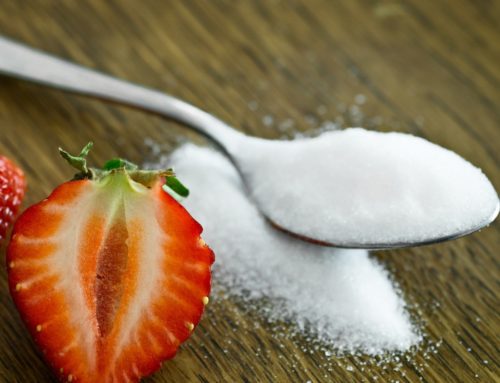Food labels are getting tricky nowadays. I feel like staying aware of food marketing tricks takes more energy than most of us have. Food labels are supposed to keep us informed of what we eat and feed our families. In much of the world they do just that. In the US, however, there is more effort spent on trying to hide ingredients from consumers than to inform them.
I try to stick to unprocessed food. We live in the modern world, though, and sometimes we just want food that’s convenient. Here are three food marketing tricks to watch out for when you’re at the grocery store.
Top 3 Food Marketing Tricks
1. ‘Natural’ means nothing
Check out this video on what ‘natural’ actually means:
The ‘natural’ label seems to be on everything from ice cream to crackers. The thing is, the word ‘natural’ isn’t regulated by the FDA. Food manufacturers can call anything natural, even corn puffs with fake cheese flavor and orange food color. (By the way, the FDA is now asking for public input on the ‘natural label’1.)
For example, granola bar makers often label their products as ‘natural’. Most granola bars, though, are unhealthier than we think. A lot of them contain high-fructose corn syrup, which we know can lead to type 2 diabetes, and other unhealthy ingredients. It’s not just granola bars.The next time you buy salad dressing, ice cream, or anything that’s ‘natural’, check the ingredient label.
2. False advertising
The food industry has a track record of making claims that are factually true, but intentionally misleading.
Have you heard of stevia-based sweeteners? They’re the latest fad in artificial sweeteners and a prime example of exaggerated health claims.
Stevia-based sweeteners appear to offer the health benefits the actual stevia plant can provide. However, they likely don’t come close. For one thing, they don’t have much in common with the actual stevia plant.
The stevia plant has been used for 1500 years in South America2 as a traditional food. Western medicine is only starting to learn about its health benefits. However, modern stevia-derived sweeteners don’t contain the stevia ingredient responsible for most of the plant’s health benefits.
The most common stevia-related ingredient in these new sweeteners is Reb A, or rebaudioside A, one of the nine glycosides in the stevia plant. Most of the health benefits, however, are attributed to the chemical compound stevioside3. That on is not in most “stevia-based” sweeteners. It is sort of like calling Monopoly Money, “dollar-based” currency and they assuming you could spend it at the store.
Watch out for health claims on food labels that may not be false, but are still misleading. Like the cereals that are “part of a healthy breakfast” and the healthy part they refer to, is the milk and fruit you add to it: not what was in the box.
3. Food marketing is just too good
The latest Share a Coke4 campaign was one of the most popular marketing campaigns5 this year for beverage companies. It’s easy to see why. You can get a Coke bottle or can with your name on it and feel pretty special.
In Ireland, Coke cans bear the 100 most common names 6of children between 7 and 8 years old. In Pakistan, you can get a personalized Coke bottle for everyone in the family. The food industry has a big budget and some brilliant advertising minds.
Chew on this
How do we combat the powerful advertising machine behind processed food?
Maybe this will work. Celebrities like Jessica Alba are getting behind an advertising campaign for fruits and vegetables. It’s headed by the professional ad agency Victors & Spoils. Three cheers for advertising! Pass me an apple.
What food marketing tricks do you watch out for? Share your tips with us in the comments.



